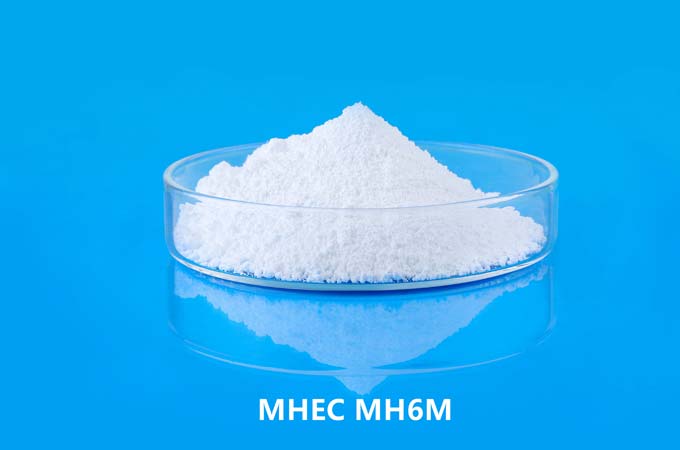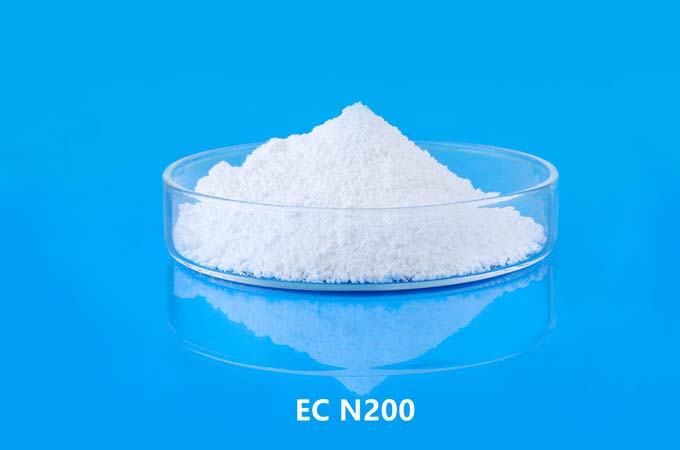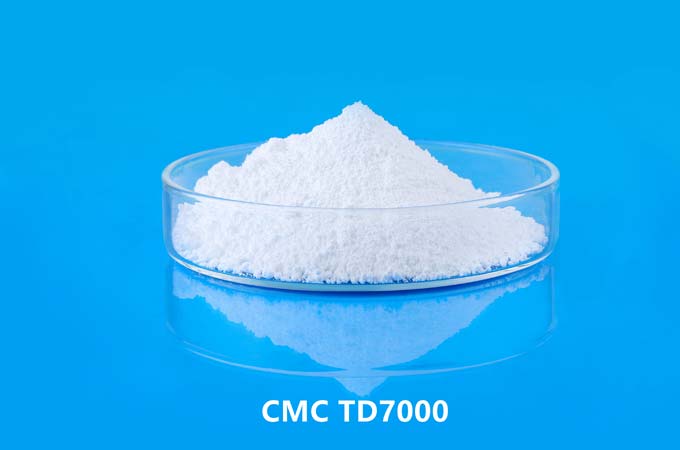With the rapid development of the food industry, the market and application of sodium carboxymethylcellulose are showing a growing trend. In many applications, the main functions and functions of sodium carboxymethyl cellulose are as follows.
Thickening and Emulsification Stabilization
Edible sodium carboxymethyl cellulose plays an emulsifying and stabilizing role in beverages containing fat and protein. General soy milk, cocoa milk, peanut milk, fruit juice milk, coconut milk, almond milk, fruit juice soy milk are characterized by containing different levels of fat and a certain amount of protein, which are easy to separate and float during storage, forming an unsightly "collar". It greatly affects the appearance of the product. In addition, proteins are prone to condensation and separation. Especially for products with low pH values, proteins are bound to coagulate.
In order to solve these quality problems, an appropriate amount of sodium carboxymethylcellulose can be added, because sodium carboxymethylcellulose will become a transparent and stable colloid when dissolved in water. Under the protection of the colloidal membrane, the protein particles become particles with the same charge, so that the protein particles are in a stable state. It also has a certain emulsifying effect, and at the same time reduces the surface tension between fat and water, making fat fully emulsified, thus satisfactorily solving quality problems. Therefore, sodium carboxymethyl cellulose is often used as a thickener in the food industry to keep the food with a uniform flavor, concentration and texture.
The Role of Protein
When the pH value is greater than or less than the isoelectric point of the protein, sodium carboxymethylcellulose can form a complex structure with the protein, which helps to improve the stability of the emulsion, and on the other hand, it is also beneficial to the shape-retaining creamy texture of the ice. This action enables the solubility of proteins to be extended over a certain pH range. In addition, sodium carboxymethylcellulose mixed with whey protein concentrate can replace egg protein and skimmed milk powder to make various pastries. After adding sodium carboxymethyl cellulose, the cake volume increases and the quality improves. Sodium carboxymethylcellulose can also replace egg protein in other products, such as replacing egg protein in puddings, sauces, soups and pastries.
Hydrophilicity and Rehydration
It can be seen from the molecular structural formula of sodium carboxymethyl cellulose that it is a cellulose derivative with a large number of hydrophilic groups such as -OH groups and -COONa groups in the molecular chain, so carboxymethyl cellulose Sodium has better hydrophilicity and water holding capacity than cellulose. Therefore, sodium carboxymethyl cellulose is used in baked food, which can keep the food at a certain humidity, prevent food from syneresis, and keep the food in a certain shape and appearance. For example, adding sodium carboxymethyl cellulose to the flour for making biscuits and pastries can prevent moisture evaporation and aging.
Suspension Effect
Edible sodium carboxymethylcellulose has excellent suspension support. Used in liquid beverages, it can suspend fruit pulp, various solids or other substances in the container, making them evenly plump, bright and eye-catching, and improving the taste. If it is mixed with other edible pectins in a certain proportion to make special beverage additives, the effect will be better. Therefore, it is widely used in fruit teas such as hawthorn nectar, fruit drinks such as orange juice and coconut juice, and vegetable juices such as pumpkin juice. The amount of sodium carboxymethyl cellulose added is generally between 0.1% and 0.4%.
Gel Action
Thixotropic sodium carboxymethylcellulose plays an important role in the gelling system, and can be used to make jelly, panna cotta, jam and other foods. The so-called sodium carboxymethyl cellulose means that there are certain interactions on the macromolecular chains, which tend to form a three-dimensional structure. After the three-dimensional structure is formed, the viscosity of the solution increases; and after the three-dimensional structure is broken, the viscosity decreases. Thixotropy indicates a change in viscosity over time. When the shear rate (D) is constant, that is, D=K, the viscosity of sodium carboxymethyl cellulose will decrease with time; when the shear rate is released, that is, D = 0, the viscosity will increase with time. This thixotropic behavior of solutions is an important property of gelling systems (i.e., anomalous rheological systems) and is very useful in food. Like jelly, panna cotta, and jam in food, gel CMC and MCC-CMC gel can be used, or used in conjunction with natural gum.
Structural Fermentation Effect
Due to its different properties and gel stabilization, it prevents syneresis on the one hand and increases bulk on the other. For example, when applied to instant noodles, during the operation, the kneading time can be shortened, the product is uniform, and the structure is improved. In addition, the moisture is easy to control, which can reduce the amount of water supply and the required pressure, so that it will not or rarely appear. The cross-section condition has excellent film-forming toughness. After the noodles are steamed, the noodles have a bright body, a smooth surface, no sticking, no deformation, and no browning after heating. Due to its strong high viscosity, it can reduce the oil content of instant noodles by 3% to 5% during the frying process.
Role in Improving Food Physical Properties
If sodium carboxymethylcellulose is added to jam and cream, spreadability can be improved. In addition, sodium carboxymethyl cellulose can also be used to keep fruits, vegetables and eggs fresh. 2%-3% sodium carboxymethylcellulose solution containing carboxybenzoate can be used for coating and drying of fruits, vegetables and eggs to keep fresh and prevent mildew, and has the effect of keeping fresh. It has strong swelling after absorbing water, but it is not easy to digest, so it can be used in biscuits and diet foods. It has stabilizing properties and can be used as a foam stabilizer in beer. It also has viscosity, stability and protective colloid properties, etc., and can be used in ice cream to improve water retention and texture, but it is better to use it with thickeners such as sodium alginate. In addition, it can also be used as a solid agent such as powdered fat and spices.
Composite Functions
Sodium carboxymethyl cellulose can be compounded with various other stabilizers (xanthan gum, guar gum, carrageenan, starch, maltodextrin, etc.), and has a synergistic effect. Generally speaking, if you want to improve water retention and prevent crystallization, you can use sodium alginate or gelatin to make the pastry delicate, smooth, delicious, and have good solvent resistance. It can be compounded with carrageenan or guar gum.
Security
Refined sodium carboxymethylcellulose has long been identified as a safe substance by the Food and Agriculture Organization of the United Nations and the World Health Organization (the acceptable daily intake per person is 30mg/kg). Refined sodium carboxymethylcellulose is approved by the US Food and Drug Administration Food Chemicals Pharmacopoeia and can be used as a food additive. It has been included in generally recognized as safe (GRAS) substances and listed in the US Code.
 English
English 日本語
日本語 français
français Deutsch
Deutsch Español
Español italiano
italiano русский
русский português
português العربية
العربية Türkçe
Türkçe Nederland
Nederland



